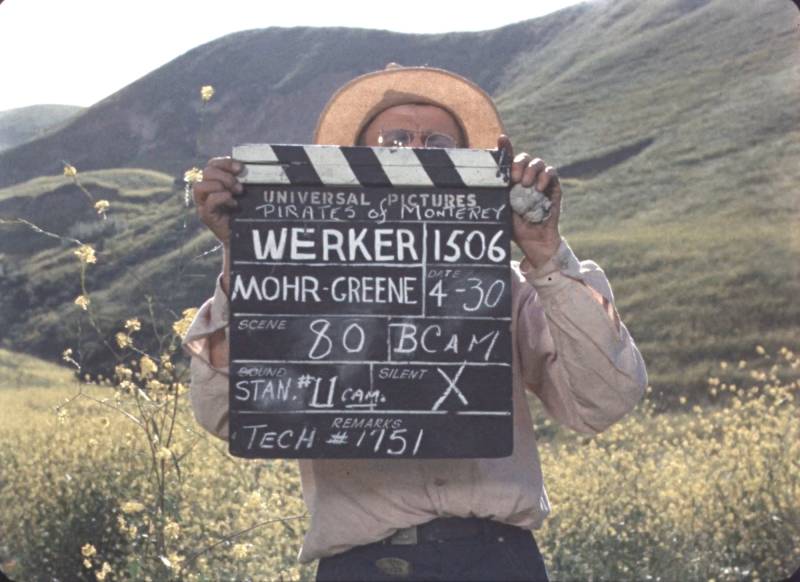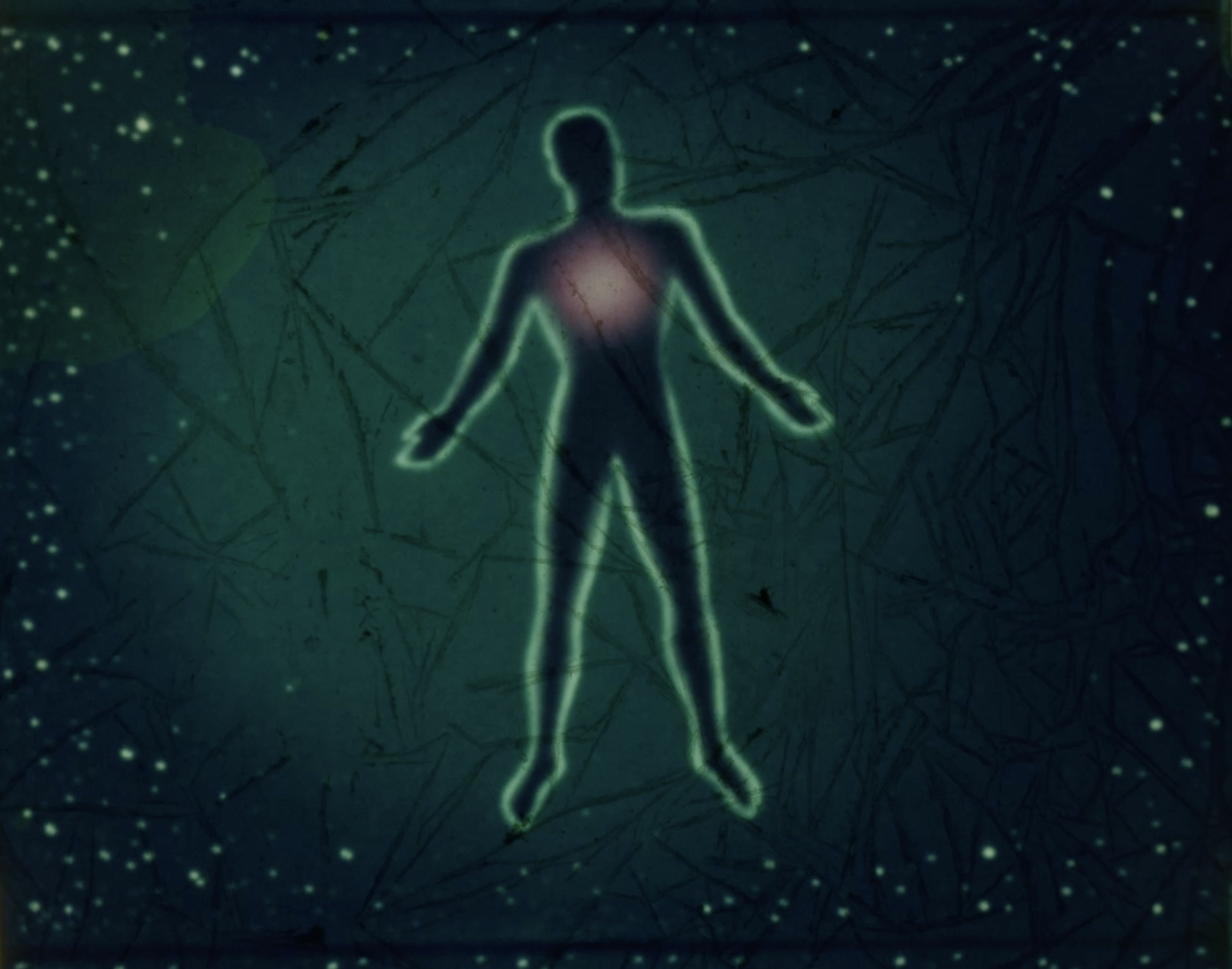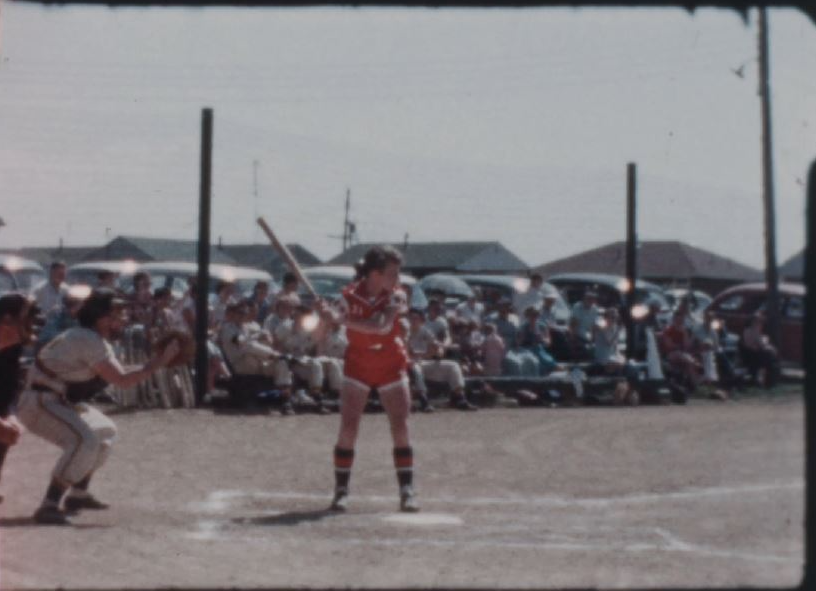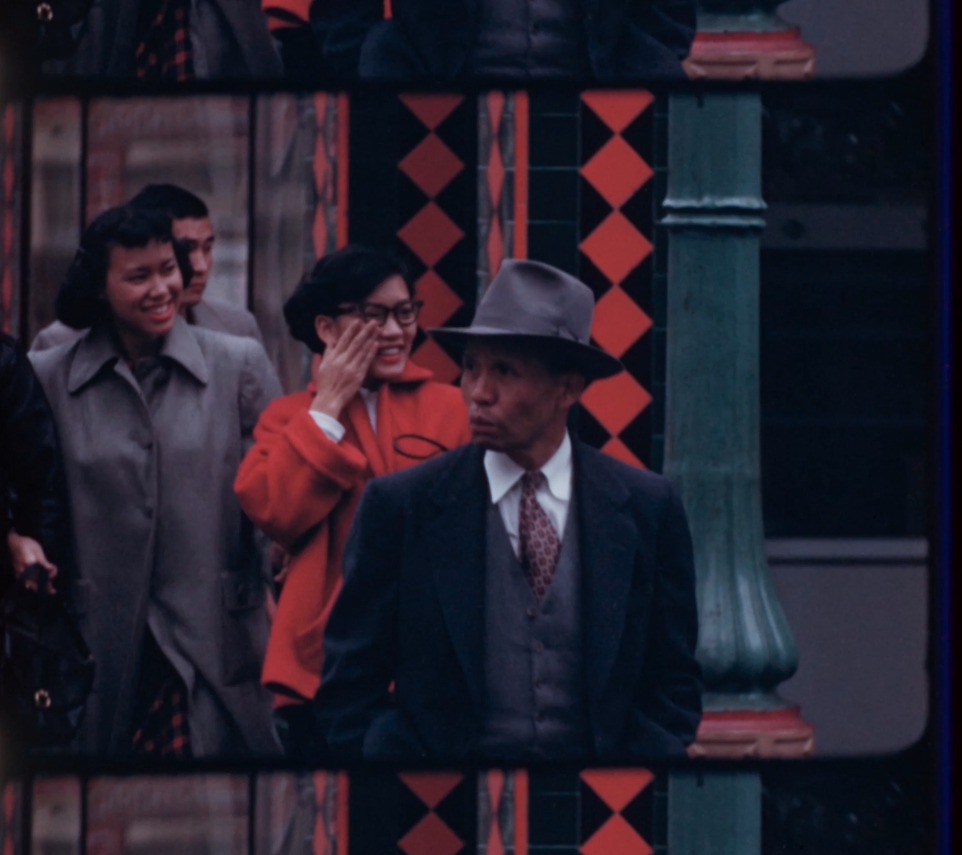Three years ago, with a grant from the Filecoin Foundation for the Decentralized Web, a small team of archivists sped up their work of digitizing films in the Prelinger Archives, Megan and Rick Prelinger’s massive collection of home movies and advertising, educational and industrial films.
Eclectic, Newly Unearthed Films to Be Screened for the First Time in Decades

So far, Prelinger Archives staff have scanned over 3 million feet of film, equal to approximately 10,000 rare and one-of-a-kind films — still just a percentage of the archives’ total holdings. “We would need like a 10-year project” to scan it all, laughs Project Manager Adrianne Finelli. The collection holds over 40,000 home movies alone.
After these years of immersion, Finelli and her coworkers are presenting, in very personal ways, some of their findings. “Staff Picks from the Prelinger Archives” will be shown at two public events: a Zoom screening courtesy of the San Francisco Film Preserve on Friday, March 21 and a live screening at the Internet Archive on Monday, March 24.
Founded in 1983, the Prelinger Archives is full of weird and wonderful arcana, like the 1947 social guidance short Shy Guy, in which a high schooler takes cues from the popular kids and finds his way “in.” The Library of Congress purchased over 48,000 items from the archives in 2002; since then, the collection has prioritized home movies and amateur films. Attendees of Rick Prelinger’s Lost Landscapes screenings know how home movies can provide magical and relatable glimpses into everyday history.
Getting these 8mm, 16mm and 35mm reels online involves a very physical process, starting with identifying which films are even sturdy enough to scan. Film preparers take stock of the reels in their various storage sites, making note of any labels or identifying materials that can help pinpoint the more mysterious holdings.

Emily Chao’s portion of “Staff Picks” is an homage to the many styles of handwriting encountered in this process. “Sometimes we’ll just try to help each other read something,” Finelli says. Chao will show clips from corresponding home movies while focusing on the poetry of these bits of ephemera.
Digital Asset Manager Kristin Lipska, whose own work on the project is very behind the scenes, presents what Finelli calls “a celebration of invisible labor,” a series of outtakes from industrial and sponsored films. (Lipska is also the person behind the delightful Instagram account @clapperboardcuties.)
The fact that we even get to see a casually dressed young man with a clapperboard on the set of a railroad safety film is rare enough. “Most archives don’t collect outtakes. They don’t prioritize it, they don’t have room for it,” Finelli says. Alongside the awkward staginess of educational and industrial films, outtakes provide precious moments of reality that speak to the time and place of their making (and the people doing that work).

Other presentations touch on the surprising beauty of warped and damaged celluloid (from Jen Miko); landscapes marked by colonialism, climate change and gentrification (from Kate Dollenmayer); and a deep dive into one 1950s Midwestern home movie (from Megan Needels).
Needels uses that home movie of women playing softball, drinking beer and having a slumber party to illustrate the tricky task of categorizing historical material. To a contemporary eye, this footage reads as queer. Is it possible to retroactively flag that reading in an ethical way? Needels and Dollenmayer landed on the tag “possible LGBTQ+ research interest.”
“A big part of this project, bigger than we anticipated, is thinking about language — how to describe what we’re scanning and how to do that in a sensitive way,” Finelli says. “We’re even more dedicated to that because of what’s happening in the country.”
An Indigenous advisory group, which includes filmmaker and professor Colleen Thurston, consults the Prelinger Archives on how to address issues like cultural appropriation and filming of sacred sites. Certain pieces of footage will likely be held back from public access.

Finelli’s own contribution to “Staff Picks” draws from the work of Henry Charles Fleischer, an Edison, New Jersey commercial filmmaker with an artist’s eye. “Mine’s really a tribute to his filmmaking, a compilation of his footage and a call for makers to use his films,” Finelli says. “They’re beautiful, and there are thousands of possible new works that live within them.”
Ultimately, the goal of the entire project is “mass digitizing for mass access,” Finelli says. The “Staff Picks” presentations are just six avenues into the archives’ vast amount of material. And by the end of summer 2026, researchers, artists and filmmakers will get to make use of all these staffers’ labor, bringing new life to strange, illuminating and forgotten slices of celluloid history.
‘Staff Picks from the Prelinger Archives’ is hosted by the San Francisco Film Preserve on March 21, 12–1 p.m. via Zoom. Registration is here.
An in-person screening will take place at the Internet Archive on March 24, 7–9 p.m. featuring additional presentations by Megan Shaw Prelinger and Brian Eggert. RSVP here.

